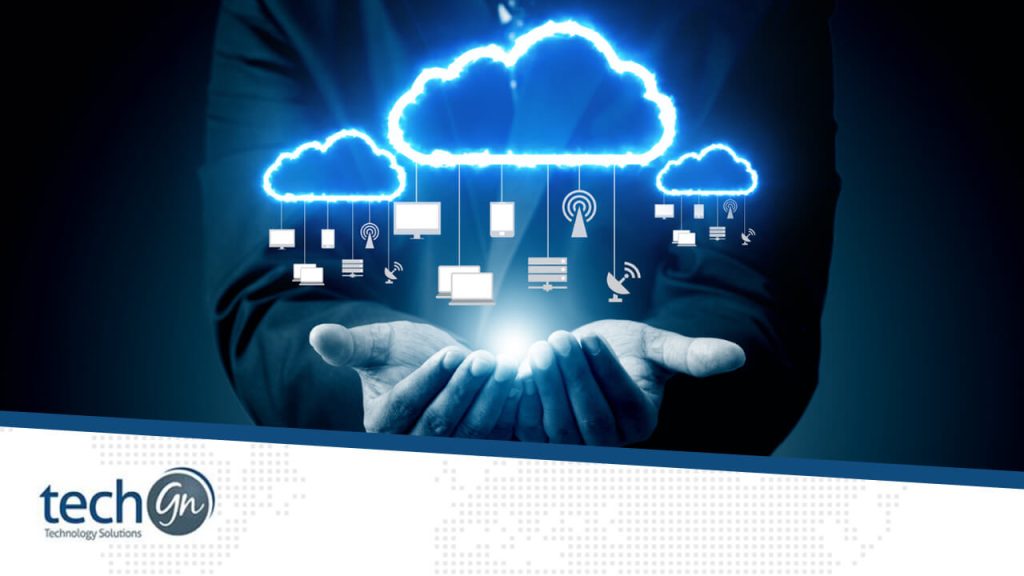What is Serverless Computing?
Before diving into the benefits, it’s important to understand what serverless computing entails. Contrary to its name, serverless computing does not mean there are no servers involved. Instead, it means that the cloud provider manages the provisioning, scaling, and maintenance of the servers. Developers can focus solely on writing code and deploying functions, which are then executed on demand. Popular serverless platforms include AWS Lambda, Google Cloud Functions, and Azure Functions.
Key Benefits of Serverless Computing
Cost Efficiency
One of the most compelling benefits of serverless computing is cost efficiency. Traditional server-based architectures often require provisioning of resources for peak loads, which can lead to underutilization and wasted expenditure. With serverless computing, you only pay for what you use. Billing is based on the actual execution time and resources consumed by your functions, leading to significant cost savings, especially for applications with varying or unpredictable workloads.Scalability
Scalability is a critical consideration for modern applications, which must be able to handle varying levels of demand. Serverless architectures inherently support auto-scaling. When a function is invoked, the cloud provider automatically allocates the necessary resources to handle the request, scaling up or down based on demand. This ensures optimal performance without the need for manual intervention or complex scaling configurations.
Reduced Operational Overhead
Managing infrastructure can be a daunting task, requiring dedicated personnel and substantial time investment. Serverless computing abstracts away the complexities of server management, including provisioning, patching, scaling, and monitoring. This reduction in operational overhead allows developers to concentrate on writing and deploying code, accelerating the development cycle and reducing time-to-market for new features.
Enhanced Developer Productivity
Serverless computing promotes enhanced developer productivity by simplifying the development process. Developers can write modular pieces of code called functions, which are easier to develop, test, and maintain. Additionally, serverless platforms often come with integrated tools for debugging, monitoring, and logging, which streamline the development workflow. This focus on code rather than infrastructure empowers developers to innovate and iterate more rapidly.
Built-in High Availability and Fault Tolerance
Cloud providers design serverless platforms with high availability and fault tolerance in mind. Functions are distributed across multiple data centers and regions, ensuring that they remain available even in the event of hardware failures or other disruptions. This built-in resilience means that applications can achieve higher uptime and reliability without requiring complex and costly disaster recovery plans.
Event-Driven Architecture
Serverless computing aligns well with event-driven architectures, where functions are triggered by specific events such as database changes, HTTP requests, or message queues. This approach allows for highly responsive and scalable applications, where resources are allocated precisely when needed and released once the event is handled. Event-driven models are particularly suited for microservices, IoT applications, and real-time data processing.
Flexibility and Integration
Serverless platforms offer extensive flexibility and integration capabilities. They support multiple programming languages and frameworks, allowing developers to choose the best tools for their specific use cases. Additionally, serverless functions can easily integrate with other cloud services and third-party APIs, enabling seamless data exchange and interaction across different systems.
Use Cases for Serverless Computing
Serverless computing is versatile and can be applied to a wide range of scenarios, including:
- Web and Mobile Backends: Quickly deploy scalable backends for web and mobile applications without worrying about infrastructure management.
- Real-Time File Processing: Process and transform files, such as images or documents, in real time upon upload or modification.
- IoT Data Processing: Handle data ingestion and processing for IoT devices, accommodating variable data loads efficiently.
- APIs and Microservices: Build and deploy APIs and microservices that can scale independently based on demand.
- Chatbots and Voice Assistants: Implement chatbots and voice assistants that can handle user interactions dynamically.
Bottom Line
Serverless computing represents a significant paradigm shift in the way applications are developed and deployed. By eliminating the need for server management, it offers unparalleled cost efficiency, scalability, and developer productivity. As cloud providers continue to enhance their serverless offerings, this technology will likely become even more integral to the modern software development lifecycle. Embracing serverless computing can empower organizations to innovate faster, reduce operational complexities, and ultimately deliver better products and services to their users.Reviews
Tailoring Solutions


